News January 2023
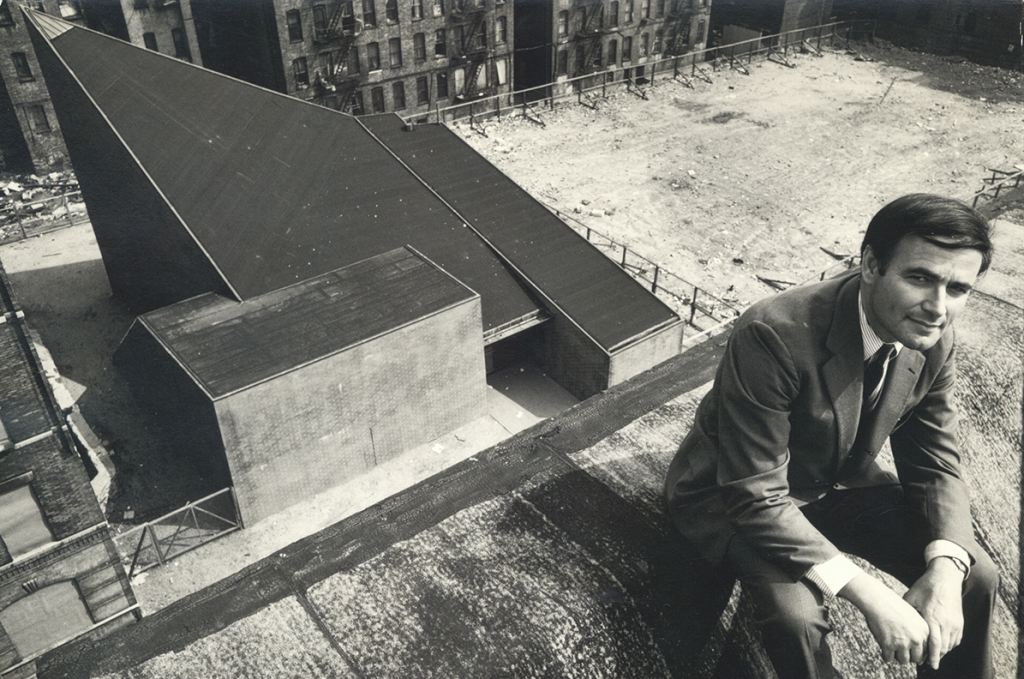
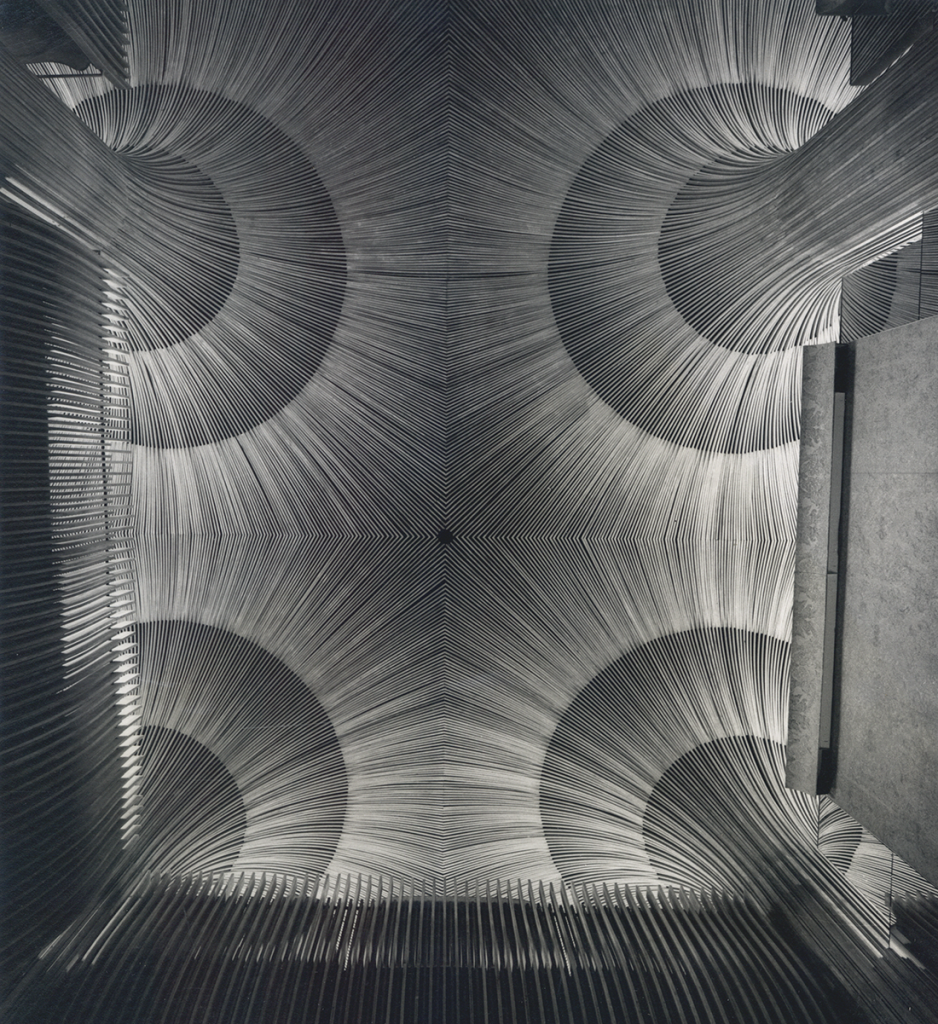
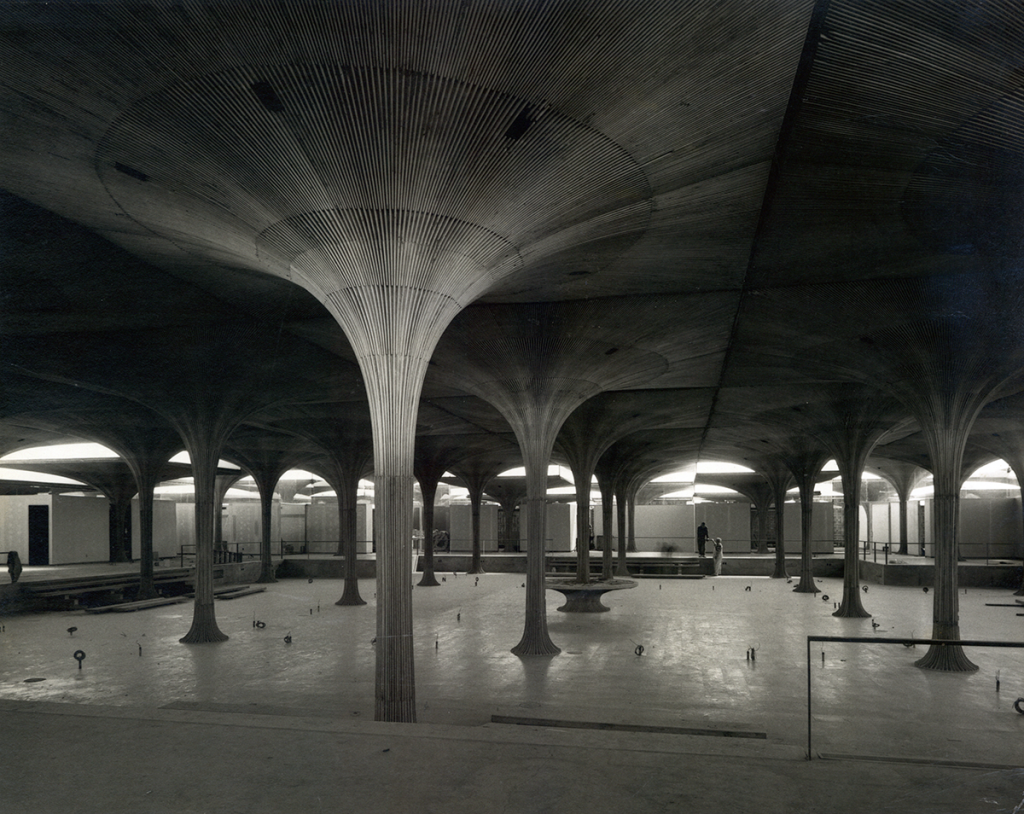
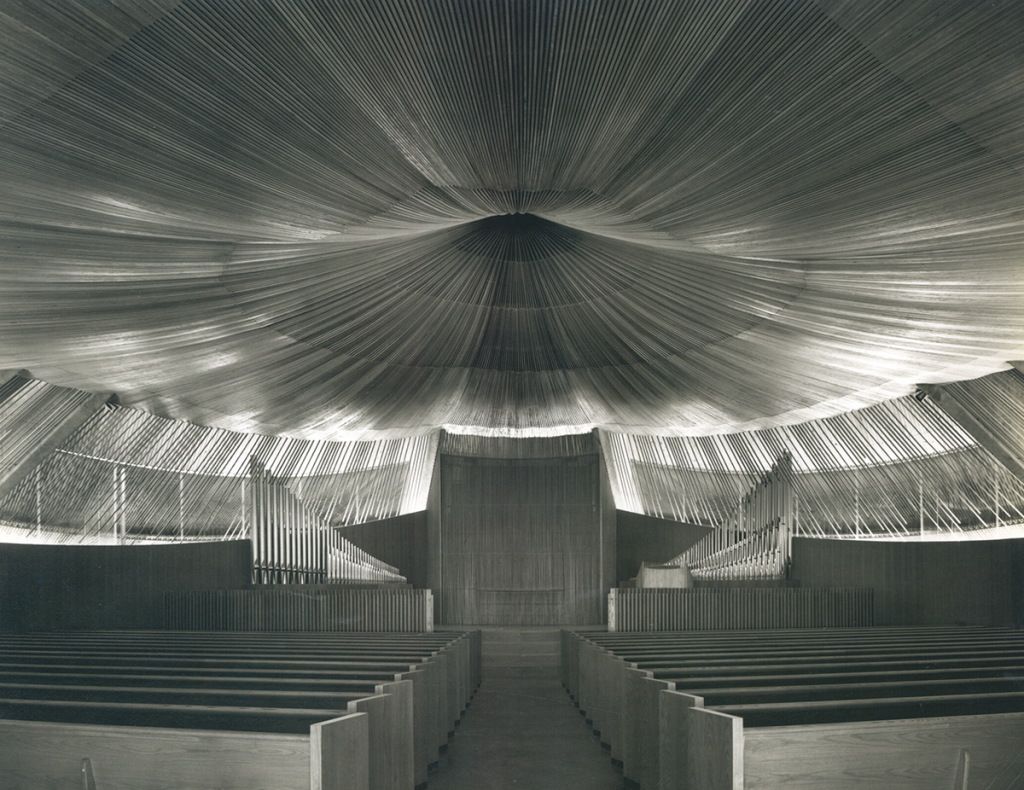
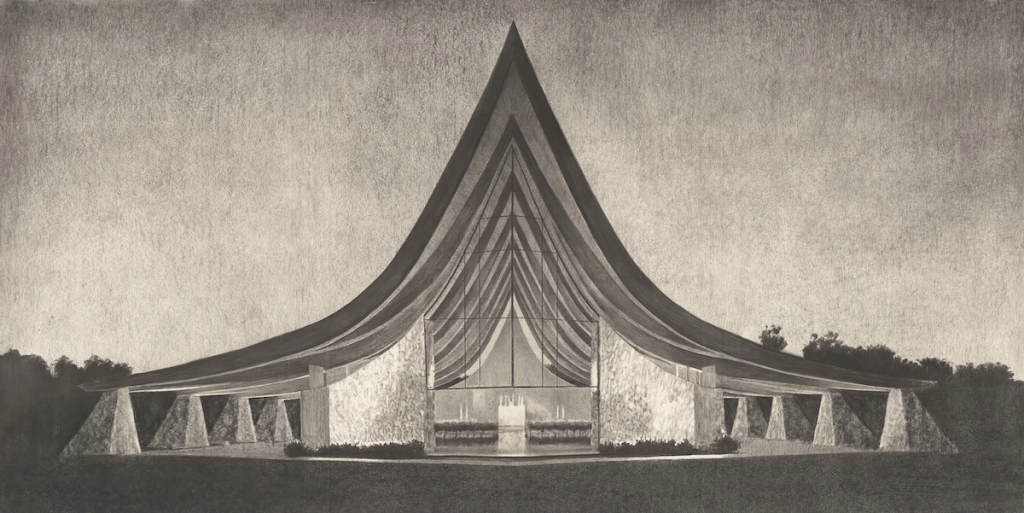
Architect Victor Lundy reaches 100
The architect of many Modernist landmarks, Victor Lundy is celebrating his 100th birthday on February 1. Born in New York City to Russian immigrant parents, Lundy began his design studies at NYU, but that was interrupted by his military service in World War II, during which he was seriously wounded and hospitalized. After the war he studied at Harvard under Gropius and Breuer. After earning his degree, he won a traveling fellowship, which he stretched to include some 18 countries in Europe, the Middle East, and North Africa, absorbing lessons from both historical and Modern works.
He launched his own practice in the early 1950s in Sarasota, FL. He completed a variety of buildings in that vicinity, including seven churches, many exploring the sculptural potentials of the newly introduced glulam wood framing members. While that rapidly developing area of Florida offered many opportunities (to him and the generation-older Paul Rudolph), Lundy decided in 1960 to expand his practice by moving back to New York.
Encouraging this move was the commission for the Unitarian Church in nearby Westport, CT, completed in 1960. Its dramatically swooping structure was followed by the even more inventive Unitarian Church in Hartford in 1964, with its sanctuary under a cedar-slat canopy suspended on cables from massive concrete walls. In 1966 he completed the Church of the Resurrection in New York’s East Harlem, enclosed within sculptural masonry-walled volumes. That church has since been demolished, as has his I. Miller “shoe salon” on a prominent Fifth Avenue corner (1961), his very unconventional IBM office building in Cranford, NJ (1965), and his colorful inflated “bubbles” that sheltered numerous snack bars at the New York World’s Fair of 1964-65.
Among Lundy’s most notable commissions elsewhere were the U.S Tax Court in Washington, DC, completed in 1974, and the U.S. Embassy in Sri Lanka, which he designed in 1961 but was not completed until 1985. The delay of that project seriously affected his practice and caused him to move to Texas in 1976, where he taught at the University of Houston, designed for the firm HKS, and carried out some small-scaled projects on his own—all the while exercising his extraordinary skills at drawing and painting.
— John Morris Dixon